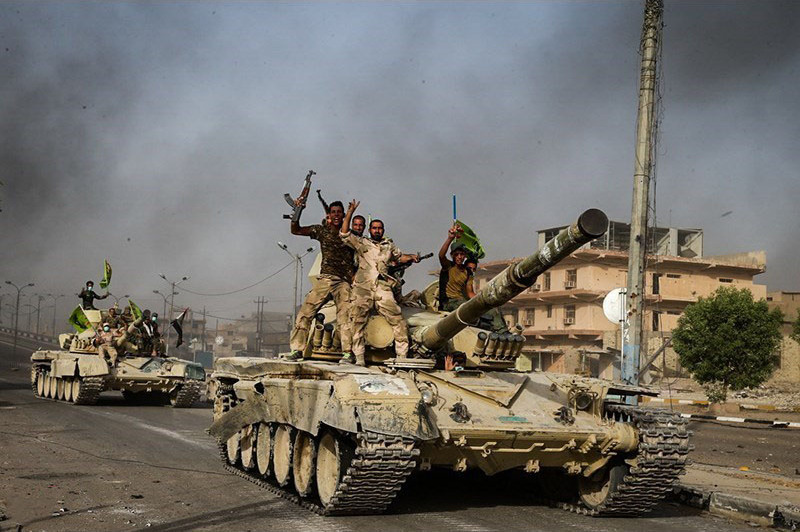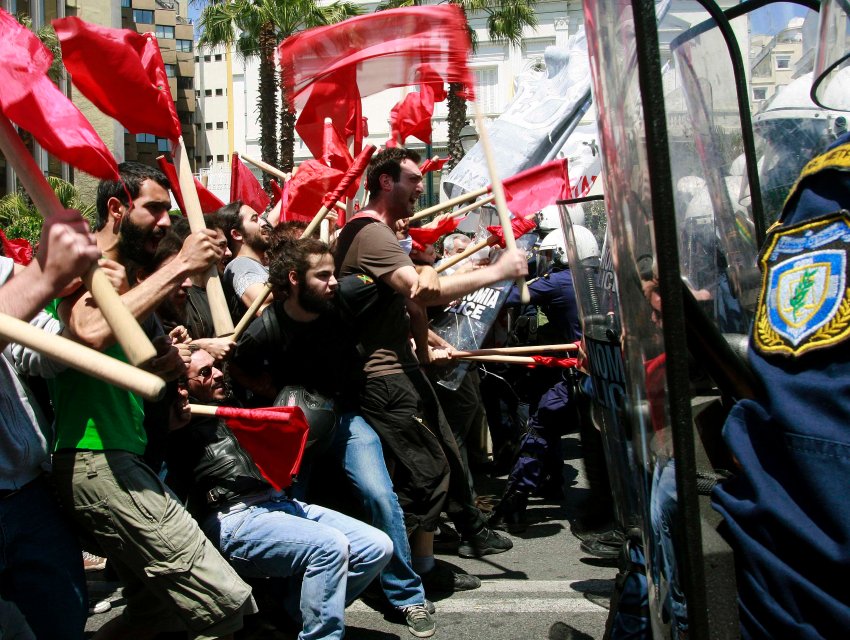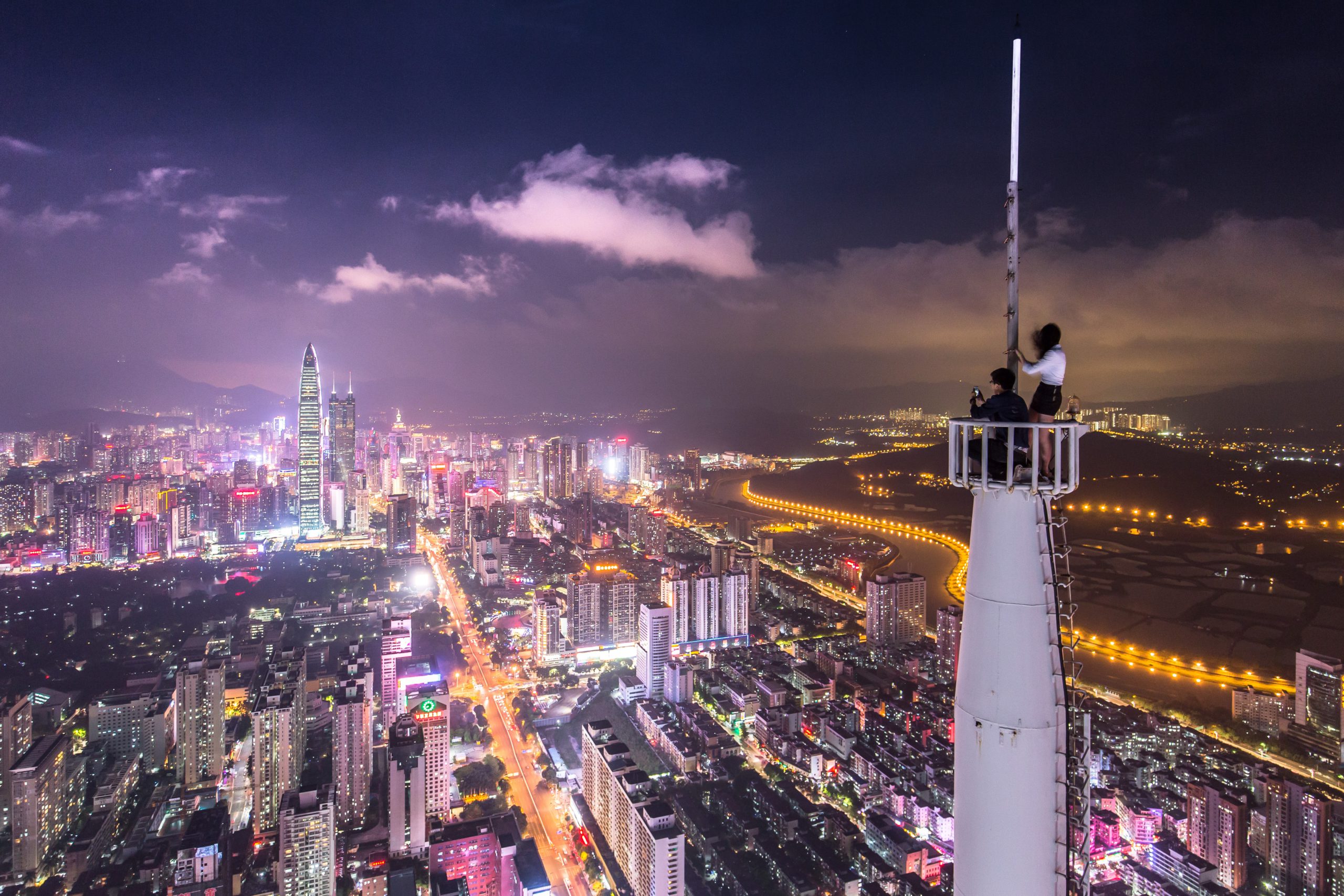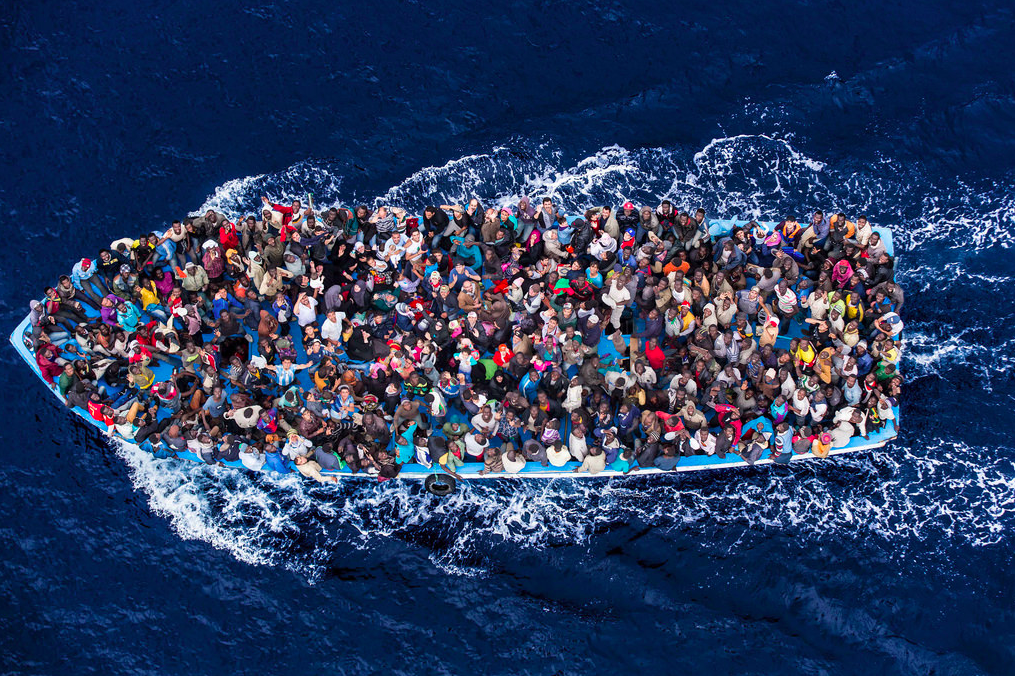Diplomats and state officials have been struggling to find workable solutions to the Syrian civil war for years. The battlefield is complex, the players numerous, and the boundaries not always clear. Vladimir Putin has made his support of the Assad’s government clear. The US and its allies have supported the “moderate” rebels who aim to fight the Islamic State (IS) (though they often end up fighting each other or inadvertently supporting Al-Qaeda affiliates). What is unclear is how far these patrons are willing to go for their respective sides in pursuit of their own national interests.
In the latter half of 2016, officials from the US and Russia were eager to blame each other for failures to abide by proposed ceasefire agreements. Last September, Russian officials insisted that the US was knowingly obstructing the process by “covering up” its support of rebel groups that did not observe the ceasefire. In the same year, the US cited Russia and China’s veto of a proposed seven-day ceasefire at the UN as evidence that the two powers were instead opting for a military solution.
Other observers have noted that, beneath the adversarial talk, there is close coordination between Western and Russian military forces on the ground. Indeed, the failure to reach a productive peace has more likely happened despite, not due to a lack of, concerted diplomatic efforts. This contest plays out in a seemingly lose-lose situation for the various Syrian factions and their global sponsors, with millions of people killed, injured, and displaced throughout the process.
Talk is not the only thing hindering political solutions. The arms trade into the Middle East is fueling all sides of the conflicts in Syria and other parts of the region, contradicting efforts towards de-escalation and conflict resolution. Whether intentionally or not, the big players in this sphere are making a killing arming all sides of the conflicts. Canada is no exception here.
The sale of arms to other states has grown exponentially. The Trudeau government has maintained a controversial position from 2015 to allow the sale of CAD $15 billion worth of military equipment to Saudi Arabia. In April 2016, the federal government granted export licenses to the Canadian company General Dynamics Land Systems Canada for light armoured vehicles to fulfill this deal.
$15 billion is an astronomical figure by Canadian standards; in 2014, Canadian military exports to Saudi Arabia came to $225 million. This makes the new Saudi deal, for which the equipment was still under production in 2016, worth over 60 times more! Saudi Arabia has been dubbed a state sponsor of terror, repressing political opposition at home, and slaughtering rebels and civilians alike in the civil war in neighbouring Yemen.
While much media attention has been on this deal, Saudi Arabia is not the only recipient of Canadian generosity. Canada also sends arms to the Kurdish Peshmerga fighting the Islamic State (IS, also known as ISIS or ISIL) in Iraq, though in this case the Canadian government is much more cautious in approving deals for fear of the Kurds committing war crimes or struggling for independence. The exact criteria for which recipient of Canadian arms may be responsible for war crimes remains unclear.
Canada and the US are not the only ones selling arms. The Russian arms industry is also making record-breaking profits from the enduring conflict in the Middle East, including USD $14.5 billion (CAD $19.1B), “with orders surging up to $56B [CAD $74B], according to President Putin.” In addition, former communist countries in Eastern Europe and the Balkans have sold £1 billion (CAD $1.6B) worth of weapons to Western allies Saudi Arabia, Jordan, the United Arab Emirates, and Turkey. Much of these weapons, still from the Soviet era, are sold to third parties afterward since the receiving states already use Western armaments. The confrontation of Western and Russian arms against one another through other agents is becoming increasingly common in Middle Eastern battlegrounds such as Aleppo. As Mansur Mirovalev notes, these scenes are “a perfect commercial for Russian arms producers.”
That arms fall into the wrong hands is no uncommon occurrence. In Iraq, corrupt military officials, whose allegiance to their tribe in many cases outweighs their allegiance to the state, often siphon weapons to fight local battles. ISIS also inevitably gets hold of weapons sold to state parties through their own conquests.
These points raise the question of whether arming state or rebel groups in the Middle East to build alliances beyond the sphere of NATO is a good idea. It is a well-established pattern that letting client states lose control of purchased arms brings further instability to the region, empowers political dissidents and radicals, and contributes to terrorism. All this reinforces the cycle of military intervention in the Middle East. This is a consistent pattern over time in Afghanistan, Iraq, Libya, or Syria, to name only some recent examples. The reconfiguration of power in the Middle East in a post-9/11 world feels like another proxy theatre of the Cold War.
The economic logic of the arms trade makes it difficult to put faith in political and diplomatic efforts to foster peace in Syria and Iraq. The expansion of arms production for export in Canada is counter-intuitive to NATO’s mandate of helping to ensure peace and security. Others at the NATO Association of Canada have spoken to the implications Canada’s deal with Saudi Arabia. The deal highlights Canada’s ever-tenuous relationship with the international arms control regime under both Prime Ministers Stephen Harper and Justin Trudeau. While Justin Trudeau has signed the global Arms Trade Treaty (ATT), years later than many of its NATO counterparts, the government has not yet introduced export controls to effectively implement the agreement. Amidst the chaos of war in the Middle East, business is booming, and many countries are eager to get a piece of the action.
Photo: “Liberation of Fallujah by Iraqi Armed Forces and The People’s Mobilization (Shi’a militias)” (2016), by Mahmoud Hosseini via Wikimedia Commons. Licensed CC by 4.0.
Disclaimer: Any views or opinions expressed in articles are solely those of the authors and do not necessarily represent the views of the NATO Association of Canada.




